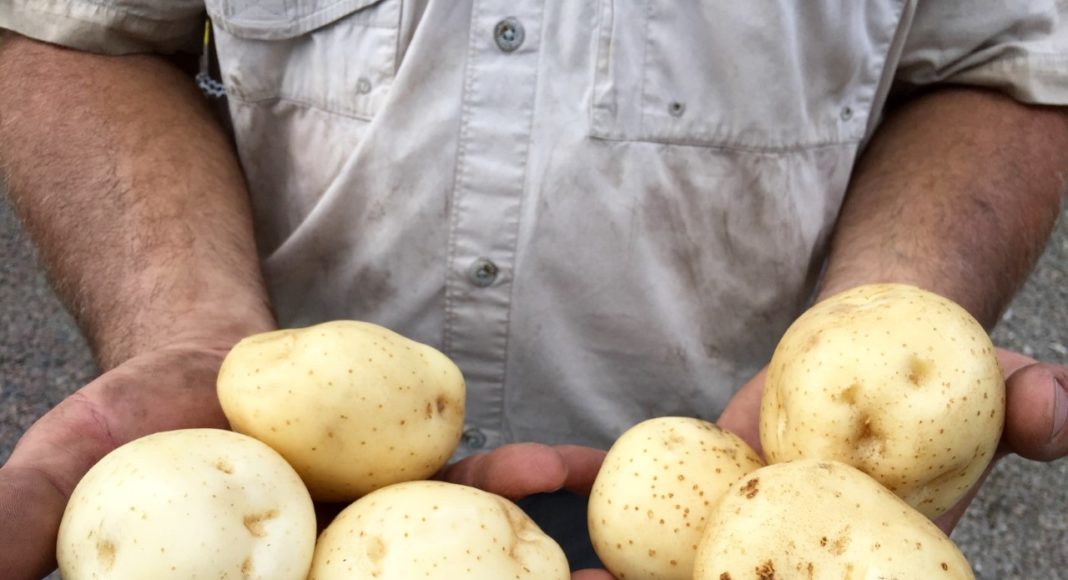Up to 58 per cent of all the food produced in Canada is lost or wasted each year. Think about that: nearly two of every three potatoes you grow get chucked. If you are like most farmers I know – strong and honorable people who are proud to be part of feeding the world – knowing that so much of your effort is wasted is nothing short of offensive.
But here’s the part we need to focus on as an industry: more than one fifth of waste happens at the farm level, alone totalling nearly $3 billion each year. The portions of crop grown and then thrown away are only one small part of what’s biting into agricultural sustainability overall. Hidden losses (for example: yield drops due to a disease like verticillium wilt) also directly impact farms’ economic and environmental viability.
One of the biggest opportunities to improve sustainability on-farm is through improving marketable yield from every acre. The more salable product you can produce in a given area, the more efficient the production, which means the less land, crop inputs, diesel, equipment time and man-hours required per pound produced.
Sustainability isn’t just a trend or a buzzword: it’s critical to ensuring there is healthy land to farm and willing farmers to farm it. Its benefits extend way beyond the individual farm, supporting the viability of farming towns and the long-term health and wellbeing of our national and global community.
Sustainable production demands effective management, especially of yield robbers like soil-borne diseases, such as common scab and verticillium in potatoes.
Admittedly, this is a hard year for many farmers to invest in ‘optional’ inputs like soil fumigants. I’ve heard it in countless conversations: “Chad – this year was brutal. I gotta cut back anywhere I can since cash is tight.” Or, “I didn’t get the production this year to justify investing as much into next year’s crop.”
Not to sound melodramatic, but what those farmers are describing is a farm business’ death spiral, akin to saying: “I had a bad year this year so I’m going to guarantee I have a bad year next year by limiting my crop’s potential before we even start.”
Following a bad year, there may be certain areas you can save a few dollars: if you fertilized for a bumper crop but only pulled off mediocre yield, it might be worth looking into your banked soil nutrient levels before you apply more. Cutting back on disease management, however, is the opposite of sustainability. For the long-term health and wellbeing of our industry, it’s time to take a hard look at unnecessary in-field losses.
Related Articles
Sustainability = Environmental Stewardship, But Economic Success Too
Potato Sustainability Alliance Announces New Executive Director John Mesko








